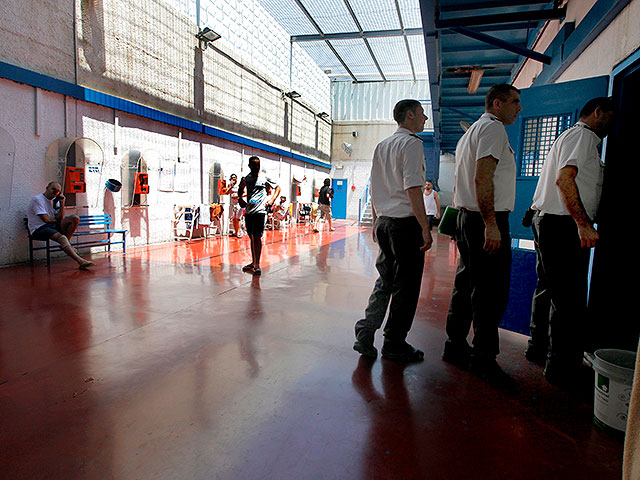New Cannabis Law Proposes Tighter Regulations to Prevent Business Models around Cultivation in Germany
The German government is considering tightening the Cannabis Act to prevent the creation of commercial structures during cultivation. The coalition aims to prevent multiple cultivation associations from operating in the…
Italian Gamers Score Big with Sony’s Spring Gaming Sale: Up to 75% Off Top Titles
Sony Interactive Entertainment Italy has announced the launch of their new promotion called “Primavera da Player” in their digital stores, set to end on April 28th. This promotion offers a…
Double Trouble: Dallas Mavericks and Stars Set to Break 21-Year Playoff Drought Together
This year, both the Dallas Mavericks and the Dallas Stars have a chance to break their 21-year drought of not winning a playoff series in the same season. The Mavericks…
Breaking: New Prison Beds and Jobs Secured through Compromise between National Security and Homeland Security Ministries
Itamar Ben-Gvir, the National Security Minister, has secured funding for his department to build 936 new prison beds over a three-year period. The total funding for the program will amount…
Record-Breaking Performance by Armand Duplantis: A Closer Look at the First Diamond League Meeting of the Season
In a historic feat, Sweden’s Armand Duplantis set his eighth world record in pole vaulting at the season’s first Diamond League meeting in Xiamen, China. At just 24 years old,…
Meta Unveils Cutting-Edge Language Model Llama 3 with Improved Capabilities and Integration into AI Assistant
Meta has unveiled its latest open-source large language model, Llama 3. The company has introduced two text-based models trained with 8B and 70B parameters to support a wide range of…
Revolutionizing Image Generation: Meta’s AI Model Llama 3 Takes Center Stage
Imagine, a new AI image generation tool developed by Meta, has been introduced. This feature uses Meta’s AI model, Llama 3, to produce high-quality images that are sharper. The goal…
The Paradox of Allyship: Jordan’s Torn Position in Middle Eastern Conflict
Despite the Western celebrations, Jordanians took to the streets to protest its assistance in defending Israel against Iranian drones and missiles last week. The situation raises questions about how Jordan,…
River Tragedy: 36-Year-Old Male Tour Guide Suffers Severe Injuries in Boat Collision with Ferry
A tragic accident occurred on the Tien River in Ho Chi Minh City, resulting in severe injuries to a 36-year-old male tour guide. The boat he was on collided with…
BMW’s $200 Million Investment to Expand Electric Powertrain Production Capacity in Germany
BMW is investing 200 million euros to expand production capacity at its components plant in Landshut, Germany. The focus of the expansion will be on producing the central housing for…



